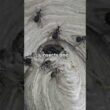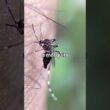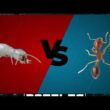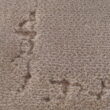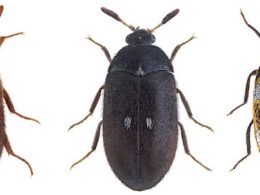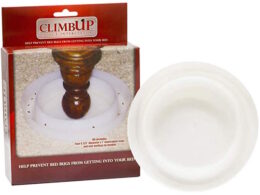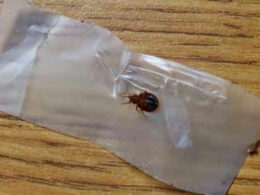Bed bugs vs carpet beetles. It’s a question that almost no one asks just for fun.
If you’re on this page seeking answers, it’s safe to guess that you’re itchy and you’ve found a bug. And now you’re left asking a very unfortunate question: is it a carpet beetle or bed bug?
Bed bugs are one of the most feared pest species out there, and for good reason. Although they don’t spread disease, they can and do bite people, feeding off our blood and hiding in our furniture to feast on us night after night.
Carpet beetles don’t do that.
But because they are similar in size and shape to bed bugs, and because they share some similar habits, the two species are often mistaken for one another.
So how do you tell the difference between a carpet beetle and a bed bug?
Bed Bugs vs Carpet Beetles: Key Differences
Both bed bugs and carpet beetles are pretty darn small, especially to us, so we can be forgiven for thinking they look very much alike. But even if you don’t have a magnifying glass at the ready, the key differences between bed bugs and carpet beetles are easy to spot.
Here’s how.
What Color are They?
Carpet beetles come in a variety of colors depending on the type of carpet beetle you’re dealing with.
From the stylish jet black of the Black Carpet Beetle to the colorful (and slimming, according to fashion experts) stripes of the Varied Carpet Beetle, carpet beetles display a range of different colors.
Bed bugs don’t.
Bed bugs are transparent when they first hatch, but after taking a blood meal, they take on the color of the blood they consume. A bed bug that has recently fed will be bright red, and this color darkens to a rusty carpet color as the blood gets digested.
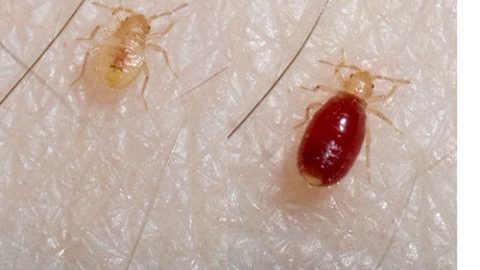
Bed bugs that haven’t fed for a long time begin to fade to an almost yellow color, but generally, bed bugs in an active infestation will be red.
Who wore it better? This round has to go to the carpet beetles.
Is There Blood (Spots and Stains)?
Bed bugs feed on blood, and only blood. That means that they poop blood too. Whereas for you or me, that would be a sure sign we need to see a doctor, for a bed bug, it’s perfectly normal behavior.
But as any butcher or surgeon will tell you, blood doesn’t wash out. Bed bug droppings are one of the most visible signs of a bed bug infestation. Unlike the bugs themselves, blood spots can’t run and hide when you come looking for them.
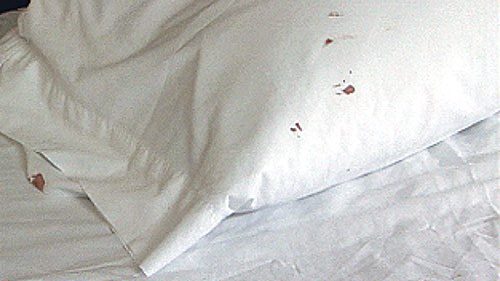
Carpet beetles, on the other hand, don’t bite humans, and they don’t drink blood. So if you’re finding blood spots and droppings along the seams of your mattress, in your bed frame, or in other areas close to where you sleep, suspect bed bugs rather than carpet beetles.
Is There Fabric and Furniture Damage?
The bed bug’s all-blood diet means it has no interest in your fabrics. If you’re finding tiny holes chewed in wool, silk, leather, upholstery, or other fibers with an animal origin, it’s not bed bugs that are doing it.
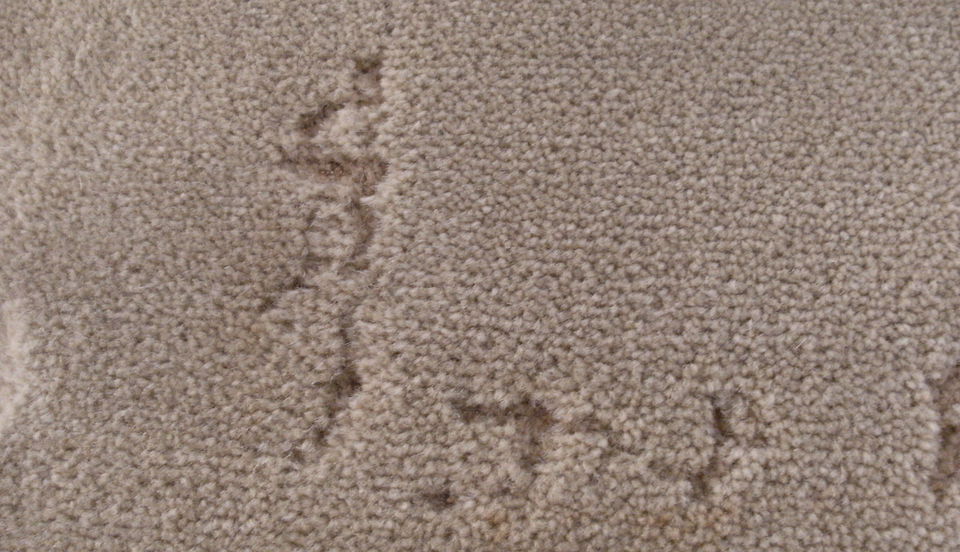
Bed bugs also don’t eat any food humans do, but a carpet beetle will. Carpet beetle larvae can even chew holes in packaging to get to food, and display a preference for dried goods like cereal and nuts.
What’s on Your Windowsills?
Here’s a quick way to tell the difference between bed bugs vs carpet beetles.
Adult carpet beetles are attracted to light, and are capable of flying to get to it. On the other hand, carpet beetle larvae, like bed bugs, will hide from the light.
So if you’re finding large numbers of bugs in your windowsill, it’s more likely you have carpet beetles than bed bugs.
The Larvae is a Giveaway
And finally here’s a dead giveaway to settle the question of whether it’s carpet beetles vs bed bugs: the carpet beetle life cycle.
Bed bugs don’t undergo complete metamorphosis the way carpet beetles do. This is one of the most fundamental differences between the two species.
A juvenile bed bug looks more or less like a miniature version of an adult, and they have no larval stage.
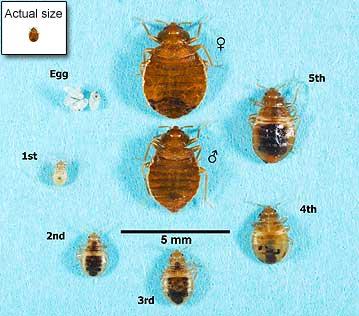
On the other hand, carpet beetles begin their lives as limbless worms and have to pupate to become adults.
Therefore, if you’re finding wormlike hairy larvae underneath your furniture or in your fabrics, it’s definitely carpet beetles you are looking at, not bed bugs.

Bed Bug vs Carpet Beetle Challenges
As you can see, it’s fairly easy to spot the differences between bed bugs vs carpet beetles. But identification ca present some challenges. Namely, you’ll have to find them.
Both bed bugs and carpet beetle larvae like to hide in similar places, such as the underside of furniture or in fabric seams where they’re mostly tucked away out of view. You’ll have to actually do the work of examining these potential hiding spots in order to see what you’re dealing with.
Another potential challenge is that to grow, bed bugs shed their skins. These shed skins are very delicate and are easily broken. Carpet beetle larvae also shed their skins, and the shed skins can look quite similar, especially if they aren’t intact.
They are both orange in color and very frail. This often leads to misidentification of a bed bug problem as a carpet beetle problem, and vice versa. So don’t rely on shed skins alone.
Lastly, don’t discount the possibility that you have both. As unpleasant as it is to think about, there’s no reason why bed bugs and carpet beetles can’t coexist. In fact, dead bed bugs can even be a food source for carpet beetles.
In the unfortunate instance that your home is also home to both bed bugs and carpet beetles, the good news is that a lot of the treatments that work to kill bed bugs can kill carpet beetles as well – i.e. steaming, freezing, and diatomaceous earth.
The bad news? What’s enough to kill carpet beetles may not be sufficient to wipe out a bed bug infestation. So if it is bed bugs, you’ll want to learn how to get rid of them. Quick.
The post Bed Bugs vs Carpet Beetles: 5 Ways to Tell the Difference appeared first on Pest Hacks.

